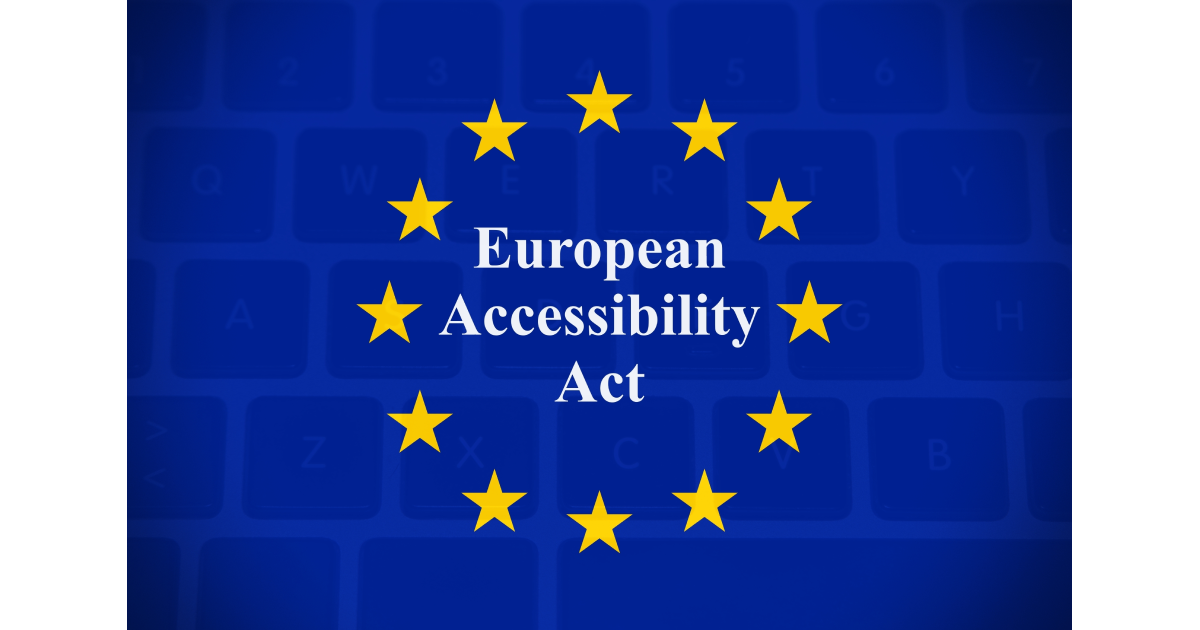Although web accessibility has been a big buzzword in the tech community over the past few years, it is still a relatively new concept. For many people—especially those not focused on disability or technology—it is a brand-new idea, often introduced to businesses by way of a lawsuit or legal demand letter.
But what does web accessibility even mean?
If you’re asking this question, you’re in luck. We’ve prepared this brief web accessibility primer to introduce you to the basics of accessibility and help you start on the path toward becoming an #A11y.
What Is Web Accessibility?
Digital accessibility or web accessibility is designing or adapting your digital environments, content, and tools—including websites, mobile apps, and smart speakers—so they can be used by people with disabilities. Accessible websites (and apps) allow users to perceive, comprehend, navigate, and interact with information online. Accessibility covers any disabilities that could create barriers to accessing the web, such as visual, auditory, speech, physical, cognitive, and neurological disabilities.
Users without disabilities also benefit from web accessibility, including:
- The aging population
- Users with a temporary disability, such as lost glasses or a broken limb
- Users who find themselves with a situational limitation, which can include bright sunlight
- Users in rural areas, who may lack access to high-speed internet
- Accessibility also allows you to more easily achieve optimization for mobile, smart watches, smart TVs, and other devices with small screens and different input modes.
Why Is Web Accessibility Important?
As the ongoing COVID-19 pandemic continues pushing the boundaries of online communities and society, the internet has become a nearly indispensable part of our collective lives, from employment to healthcare, education to government. These essential services must be accessible for everyone, including people with disabilities.
The web has the power to bring us closer together, make up for differences, and provide everyone equal information and opportunity. Accessibility should be considered an integral part of design, so that everything is created with equity and inclusion in mind. Accessibility also can bring lower maintenance costs, a wider audience reach, and an improved corporate social responsibility (CSR) profile, all of which help the bottom line.
The risk and consequences of not addressing web accessibility cannot be overstated. In addition to the costly legal fees and settlements and the eventual costs of making fixes to your website and apps, there is a loss in reputation and trust that comes with inaccessibility. The disability community represents more than 15 percent of the U.S. population, and we all know or care about someone with a disability.
Web Accessibility 101 (lite): The Basics
Because Web Accessibility 101 won’t fit into a blog post, we’ve boiled it down to a few major topics and frequently encountered questions that are integral to understanding what web accessibility is.
The Americans with Disabilities Act (ADA)
The ADA is a landmark civil rights legislation that prohibits discrimination on the basis of disability. It is the biggest and most important disability-specific civil rights law in the U.S., and most web accessibility lawsuits are filed under the ADA.
Web Content Accessibility Guidelines (WCAG)
The WCAG is a set of internationally recognized principles that determine the accessibility of a website or app. The WCAG has a series of success criteria that help qualify and quantify the presence and severity of web accessibility issues. Although it is not a law in the U.S., the WCAG is widely recognized by the courts and most other accessibility laws as the prevailing standard. The latest iteration of these guidelines is WCAG 2.1.
Why Are There So Many Lawsuits?
The lawsuit culture that surrounds website accessibility has grown steadily in recent years and only continues to intensify. There are a variety of reasons for this, which include:
- The ADA doesn’t provide clear standards for compliance or a timeline for completion.
- Enforcement is, therefore, left to the courts, which have created unclear standards.
- Plaintiff and defense attorneys find these types of lawsuits especially lucrative and may seek them out.
Why Are Certain Industries More Heavily Targeted?
Plaintiffs and their attorneys often file cases in batches and may go after certain industries. Industries that are integral to our everyday lives—healthcare, food service, banking—or ones that innovate in digital (retail, hospitality) often find themselves the target of legal action, sometimes multiple times.
Where Do I Start?
Web accessibility requires coordination between various teams so that multiple elements come together, including browsers, users, design platforms, mobile apps, and the websites themselves. Accessibility is most easily achieved when incorporated at the start of a project, across all teams of an organization.
Evaluation is a key component of accessibility implementation. Although there are automated tools to help move the process along, knowledgeable human evaluation is required to ensure true accessibility. The W3C Web Accessibility Initiative (WAI) provides the international standards for web accessibility through guidelines, techniques, technical specifications, and supporting resources.
It is crucial to have a plan. Leadership needs to have a stake in the outcome of web accessibility and should be aligned throughout the process. A great starting point can be our web and app accessibility guide, which can provide you with a roadmap to digital inclusion.








